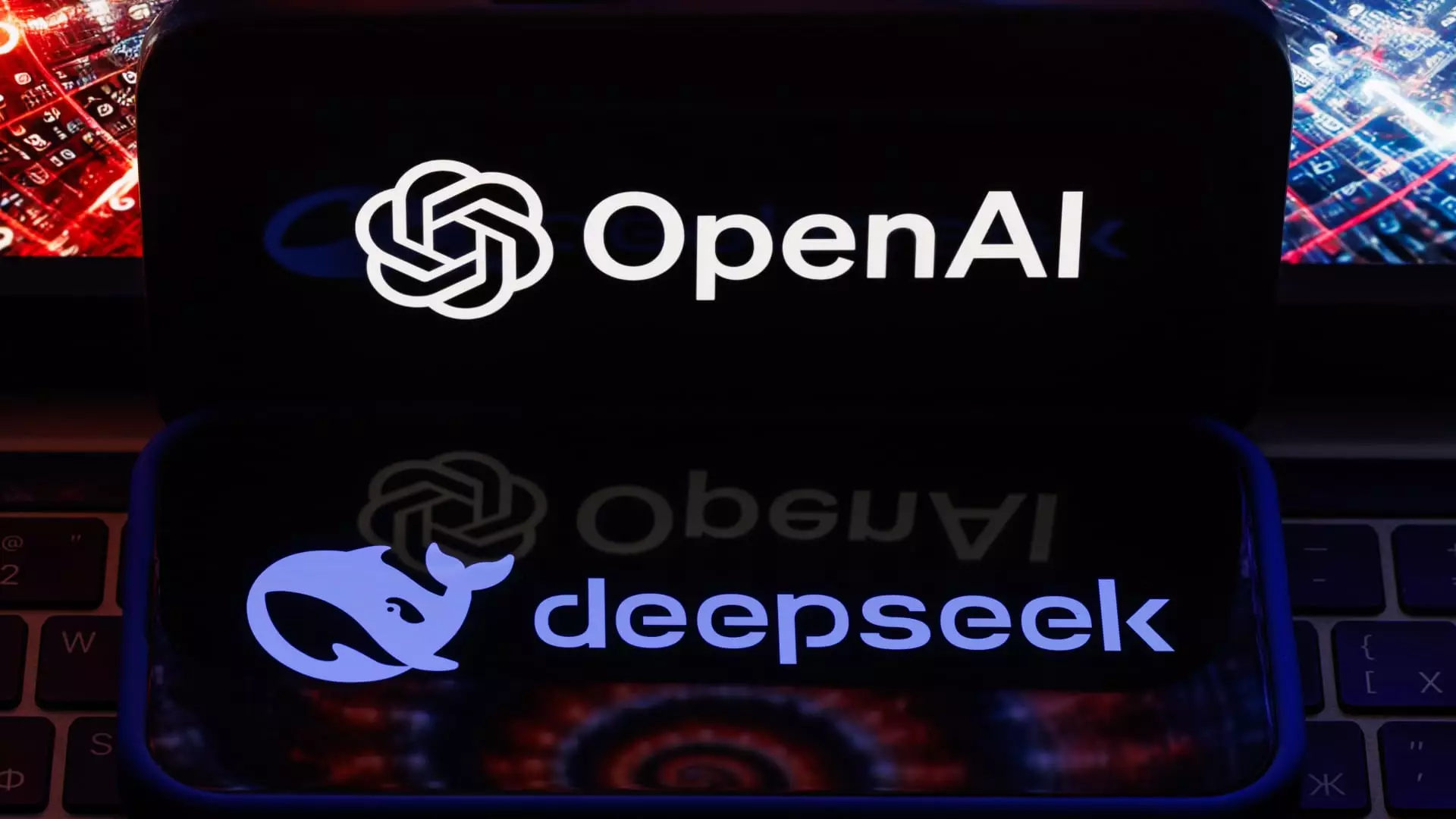The unveiling of AI models by Chinese startup DeepSeek in January 2023 sent shockwaves through the global markets, particularly impacting tech and semiconductor stocks. This incident wasn’t merely a blip on the radar; it pointed to deeper systemic issues and potential breakthroughs reshaping the artificial intelligence landscape. The apprehension triggered by DeepSeek’s announcement highlighted a pivotal moment in AI development, marked by the advent of distillation—a technique that could redefine competency standards within the industry.
Distillation is a transformative approach to AI development, leveraging the insights of a larger, robust model to develop a more compact yet highly capable version. This methodology enables smaller teams and startups, like DeepSeek, to produce advanced models without the heavy investments and resources typically required by established tech giants. For instance, a leading company may spend years—and millions—creating a premier AI model from scratch. In contrast, distillation empowers emerging players to create a specialized model by interrogating the larger “teacher” model, thus distilling its knowledge without reinventing the wheel.
The potential of this technique is underscored by recent developments in academia, where researchers have successfully replicated leading models at a fraction of the cost. Berkeley’s researchers reconstituted OpenAI’s reasoning model in under 20 hours for only $450, and similar efforts at Stanford and the University of Washington demonstrated even more efficiency—producing a working model in just 26 minutes for less than $50.
The ramifications of AI distillation extend beyond mere cost-saving; they signify an impending change in how large language models (LLMs) will be constructed and utilized. Ali Ghodsi, CEO of Databricks, emphasizes the robust nature of these developments, forecasting heightened competition in the LLM space. This evolution towards distillation is creating a landscape where innovation and competition are no longer exclusive to well-financed companies. Instead, it enables a stampede of lesser-capitalized startups and academic labs to engage in cutting-edge AI research.
The notion that open-source development drives rapid innovation has gained traction in the industry. As typified by Glean’s CEO, Arvind Jain, the sentiment resonates that the momentum generated by successful open-source projects is unmatched. This shift involves a collective acknowledgment that transparency fosters a healthier ecosystem where innovation can flourish.
DeepSeek: A Case Study in Disruption
While DeepSeek did not pioneer the distillation technique, its role in awakening the broader AI community to its potential cannot be overstated. The company has catalyzed a paradigm shift, which, in turn, has pressured established players to reevaluate their traditional operational models. Notably, OpenAI, a stalwart in the industry, has recognized the need to adapt its approach, as evidenced by CEO Sam Altman’s admission that the firm must reconsider its closed-source strategy in light of DeepSeek’s achievements.
The disruption brought about by distillation not only serves to democratize access to sophisticated AI models but also raises important ethical considerations regarding competition and collaboration. In an environment where an open-source ethos prevails, the barriers to entry diminish, leading to an influx of diverse applications and innovations.
As the AI landscape continues to evolve, driven largely by mechanisms such as distillation, the implications for both startups and established firms are profound. The tech industry now faces a unique opportunity to accelerate innovation through collaboration and openness. Embracing these shifts will be crucial for companies seeking to maintain relevance in an increasingly competitive arena. The ascendance of distillation signifies not just a change in methodology, but a holistic transformation in how artificial intelligence is perceived, developed, and utilized. The arrival of a new era of AI growth, characterized by unprecedented competition and innovation, is upon us, presenting both opportunities and challenges that the industry must navigate wisely.

